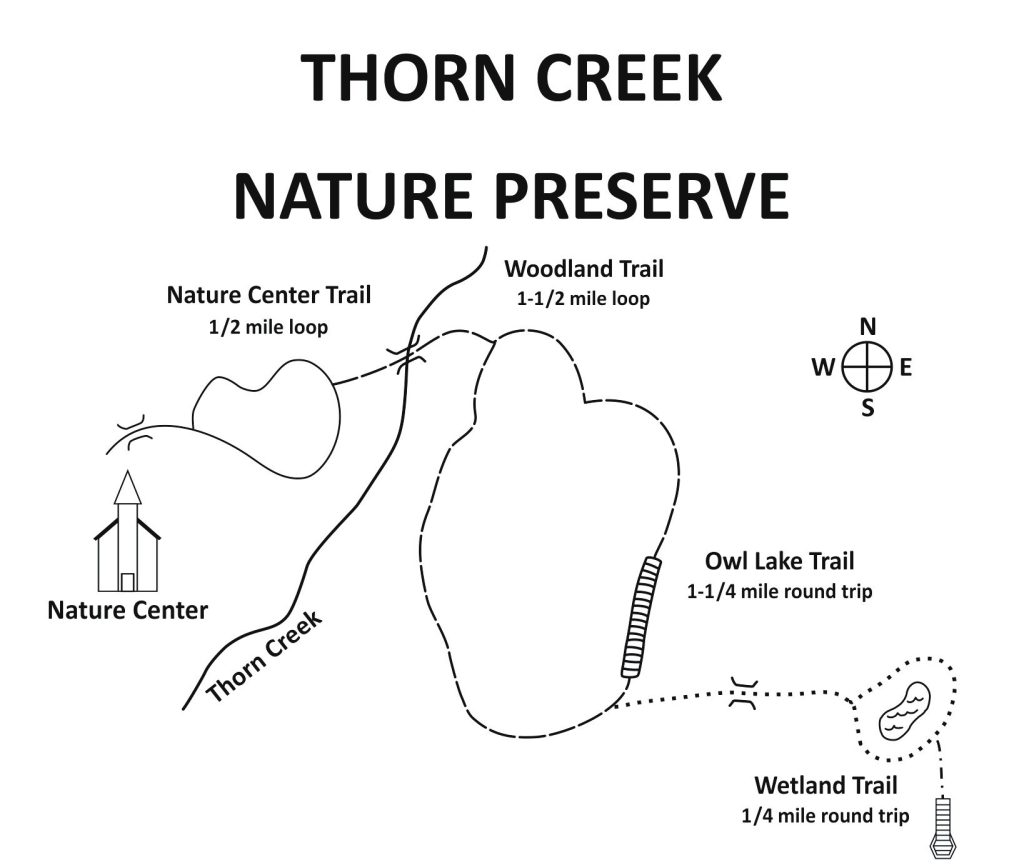 The Preserve’s bridge over Thorn Creek is not safe and must remain closed until further notice. Woodland Trail, Owl Lake Trail, and Wetland Trail are also closed — due to the bridge being out.
The Preserve’s bridge over Thorn Creek is not safe and must remain closed until further notice. Woodland Trail, Owl Lake Trail, and Wetland Trail are also closed — due to the bridge being out.
- The half-mile Nature Center Loop Trail remains open to the public.
- Our scheduled naturalist-led programs will be available.
- The Nature Center is open to the public on Fridays — noon to 4 p.m.
For more information or to register for programs, contact Thorn Creek Nature Center, 247 Monee Rd, Park Forest, 708-747-6320, email thorn_creek@att.net.
